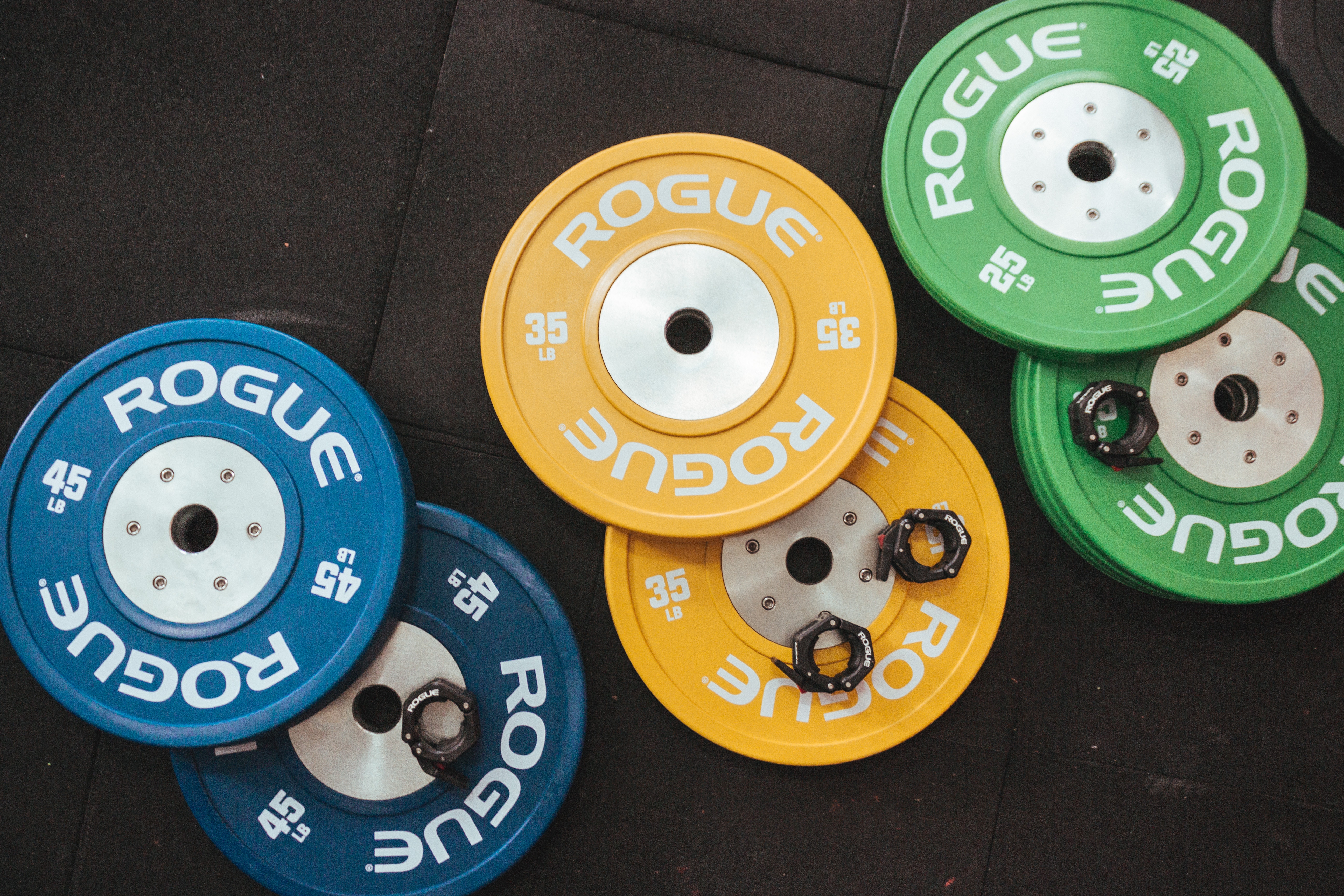Lifting heavy - not light - is better for weight loss and getting ripped, research has shown
Ever heard how lifting light weights for high reps is best for getting lean?
This is a myth often perpetuated by PTs and gym instructors, which is problematic. This isn't just dodgy locker room talk, but misinformation that is potentially being written into your training programme.
Let's discuss what is meant by 'lean', 'ripped' or God forbid, 'toned'. Generally, this refers to building a decent amount of muscle mass while holding a (relatively) low level of body fat.
In terms of training, studies show heavy lifting to be preferential when it comes to blasting belly fat and building lean muscle.
A
study conducted by Democritus University of Thrace compared lifting heavy to lifting light. To do this, they split a group of guys into two groups.
One group trained at 80-85% of their one rep max (heavy), and the other group lifted with 45-65% of their one rep max (light).
Naturally, those lifting at 85% of their maximum did not manage as many reps - but their results were more impressive.
They experienced an increased metabolic rate that outshone those lifting lighter.
This improved metabolism also lasted for three days after leaving the gym. If you're training each muscle group twice or three times a week, this spells sustained fat-burning.

Getting lean isn't achieved through training alone, however.
Dropping body fat requires you to be in a calorie deficit, and the simplest way of attaining this is by taking a look at your diet and tracking the food you're eating.
Consuming fewer calories through food and drink than you're burning off? You will lose weight and drop body fat.
When you're also getting sufficient protein in your diet, you will maintain muscle mass. The American College of Sports Medicine recommends around 1.6 to 2 grams of protein per kilo of bodyweight.
For an 80kg guy, that's anywhere from 128 to 160 grams of protein per day.
This might sound like a lofty figure, but with four or five meals a day and supplementary whey shakes, it can easily be achieved.
'Go hard or go home' is the common cliché. Maybe it's worth a rethink on that. 'Go
heavy or go home' is arguably a more accurate mantra.



 Getting lean isn't achieved through training alone, however.
Dropping body fat requires you to be in a calorie deficit, and the simplest way of attaining this is by taking a look at your diet and tracking the food you're eating.
Consuming fewer calories through food and drink than you're burning off? You will lose weight and drop body fat.
When you're also getting sufficient protein in your diet, you will maintain muscle mass. The American College of Sports Medicine recommends around 1.6 to 2 grams of protein per kilo of bodyweight.
For an 80kg guy, that's anywhere from 128 to 160 grams of protein per day.
This might sound like a lofty figure, but with four or five meals a day and supplementary whey shakes, it can easily be achieved.
'Go hard or go home' is the common cliché. Maybe it's worth a rethink on that. 'Go heavy or go home' is arguably a more accurate mantra.
Getting lean isn't achieved through training alone, however.
Dropping body fat requires you to be in a calorie deficit, and the simplest way of attaining this is by taking a look at your diet and tracking the food you're eating.
Consuming fewer calories through food and drink than you're burning off? You will lose weight and drop body fat.
When you're also getting sufficient protein in your diet, you will maintain muscle mass. The American College of Sports Medicine recommends around 1.6 to 2 grams of protein per kilo of bodyweight.
For an 80kg guy, that's anywhere from 128 to 160 grams of protein per day.
This might sound like a lofty figure, but with four or five meals a day and supplementary whey shakes, it can easily be achieved.
'Go hard or go home' is the common cliché. Maybe it's worth a rethink on that. 'Go heavy or go home' is arguably a more accurate mantra.